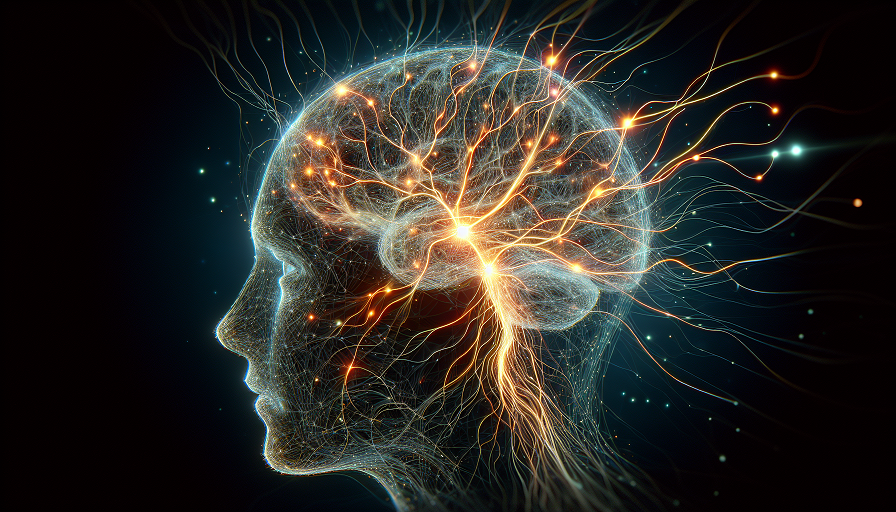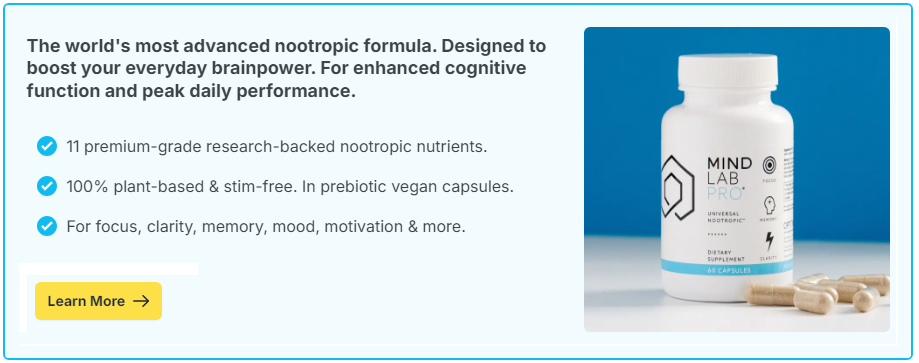
Have you ever watched an artist at work and noticed how completely absorbed they seem, almost as if transported to another world? It’s a fascinating experience often described as a “trance state” or being “in the zone.” But why do some painters enter these trance states during the creative process? And more intriguingly, what does this phenomenon suggest about the workings of the human brain?
Contents
Understanding the Trance State
To understand why painters and other artists might enter a trance state, it helps to first define what such a state truly is. A trance state is often characterized by deep focus and reduced awareness of the external environment. It’s a state that allows the artist to fully engage with their inner world while disconnecting momentarily from their surroundings.
Characteristics of a Trance State
- Intense concentration and focus
- Loss of self-consciousness
- Distorted sense of time
- Enhanced creativity and problem-solving abilities
These characteristics suggest that entering a trance while painting could be beneficial for creativity. But they also hint at a fascinating neurological aspect that we need to consider: what specific brain functions are enhanced or suppressed during this state?
The Brain’s Role in Creativity
The human brain is a complex organ, comprised of various regions that work together to manage a multitude of tasks. When it comes to creativity, several key areas of the brain are involved, including the prefrontal cortex, the default mode network, and the reward centers in the brain.
The Prefrontal Cortex
The prefrontal cortex is like the brain’s command center, responsible for decision-making, self-control, and complex thought processes. During a creative endeavor such as painting, the brain can often down-regulate this area to prevent over-thinking, allowing more spontaneous and imaginative thoughts to flourish.
The Default Mode Network
This network is active when the brain is at rest and engaged in introspective thoughts, such as daydreaming or reflecting. When painters enter a trance state, this network might become more engaged, facilitating the spontaneous free flow of ideas and imagery essential for creative success.
Reward Centers
The brain’s reward centers, associated with the release of dopamine, are also triggered during creative tasks. This neurochemical is crucial for motivation and pleasure, which could explain why artists often describe a trance state as exhilarating and fulfilling.
Why Do Some Artists Enter Trance States?
While the exact reasons may vary from person to person, there are several factors that might predispose some painters to enter these deep states of focus more easily than others. Let’s take a look at a few:
Innate Talent or Training
Some people might be predisposed to entering trance states due to natural talent or extensive training. Artists who spend a lot of time honing their skills may find it easier to enter a deeply focused state where their actions feel effortless and fluid.
Emotional Connection
Painters who are deeply connected to their work emotionally may find it easier to immerse themselves completely, losing touch with external distractions. This is especially true if the art they are creating resonates with personal experiences or emotional themes.
Mindfulness and Meditation
Practices like mindfulness and meditation can train the brain to enter trance-like states. Engaging in these practices outside of creating art can enhance one’s ability to focus and become absorbed in the creative process when it’s time to paint.
Implications for Brain Health
Understanding why and how painters enter trance states doesn’t just provide insights into the creative process; it also opens up interesting avenues for brain health and well-being. Here are some potential benefits:
Stress Reduction
Entering a trance state often means an artist is deeply engaged and, consequently, distracted from stressors or negative emotions. This intense focus can lead to a reduction in stress and anxiety levels.
Enhanced Cognitive Function
Regularly engaging in activities that foster deep focus might help improve cognitive functions over time. These functions include memory, attention, and problem-solving skills – all of which are vital for a healthy, functioning brain.
Improved Emotional Well-being
Painting, especially when in a trance, can serve as a therapeutic outlet for emotions. It allows individuals to express themselves in ways that might be challenging through words, leading to improved emotional well-being.
The Role of Brain Supplements in Enhancing Creativity
As we explore the depths of creativity and how certain states like trances influence artistic productivity, it’s essential to consider the growing interest in brain supplements, often referred to as nootropics, which many believe can enhance cognitive functions crucial for creativity.
What Are Brain Supplements?
Brain supplements are dietary products that aim to improve cognitive functions, such as memory, focus, and mental clarity. These supplements are designed to support the brain’s performance through a combination of natural and synthetic ingredients that may bolster brain health and enhance mental processes.
Common Ingredients in Brain Supplements
- Bacopa Monnieri: Known for its potential to improve memory and cognitive function by enhancing synaptic communication.
- Rhodiola Rosea: Often used for its stress-reducing properties, this adaptogen can help improve focus and stamina during mentally demanding tasks.
- L-Theanine: An amino acid frequently found in tea, it promotes relaxation without drowsiness and can improve attention span.
- Ginkgo Biloba: Traditionally used to support memory and mental sharpness, it may increase blood flow to the brain.
- Omega-3 Fatty Acids: These are essential for brain health and have been linked to improved mood and cognitive performance.
How Brain Supplements May Benefit Painters
While researchers are still studying the definitive effects of brain supplements, some artists and creative individuals incorporate these into their routines to potentially enhance their creative abilities. For painters, the benefits might include:
- Improved focus and concentration, making it easier to enter and maintain a trance state while painting.
- Enhanced mood and reduced anxiety, fostering a more conducive mindset for creativity.
- Better memory and recall of ideas and techniques, supporting a more enriched creative process.
The Intersection of Art and Science
The phenomenon of painters entering trance states while creating their art offers an intriguing intersection between art and science. Through understanding the mental processes involved, and potentially enhancing them with mindful practices and brain supplements, there’s an opportunity to unlock greater levels of creativity and insight not just in art, but in various domains of human endeavor.
As our understanding of the brain advances, we can expect to see even more innovative ways to harness the power of the mind, making creativity an ever-evolving, limitless frontier.

